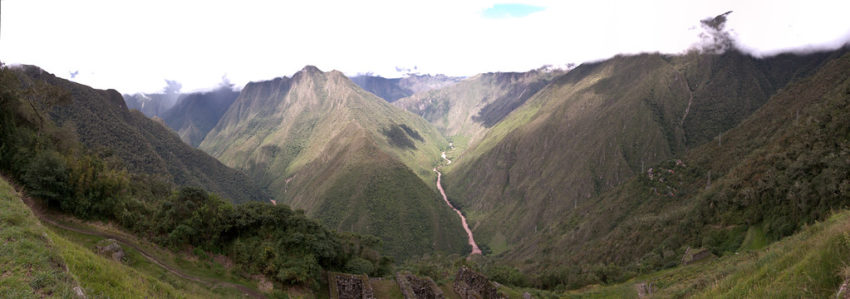
The Inca Trail, Peru, soars and plunges among the ice-clad summits and deep green valleys of the Andes. The Inca Trail is, in fact, one of the most famous walking routes in the world. Following a vast network of the path, this epic four-day trek links a series of ruins. Some of these ruins offer a far more evocative experience than Machu Picchu. But Machu Picchu is still the trail’s illustrious and much-awaited endpoint.

Throughout the year, thousands of travelers from all over the planet undertake the route of the Inca Trail. Starting from Cusco, it allows you to access the jungle of Peru, and the ancient mysteries that the stones of Machu Picchu still contain.
Along the way, there are several archaeological remains of different fortifications. Still in relatively good condition, these remains visually dominate all the valleys.
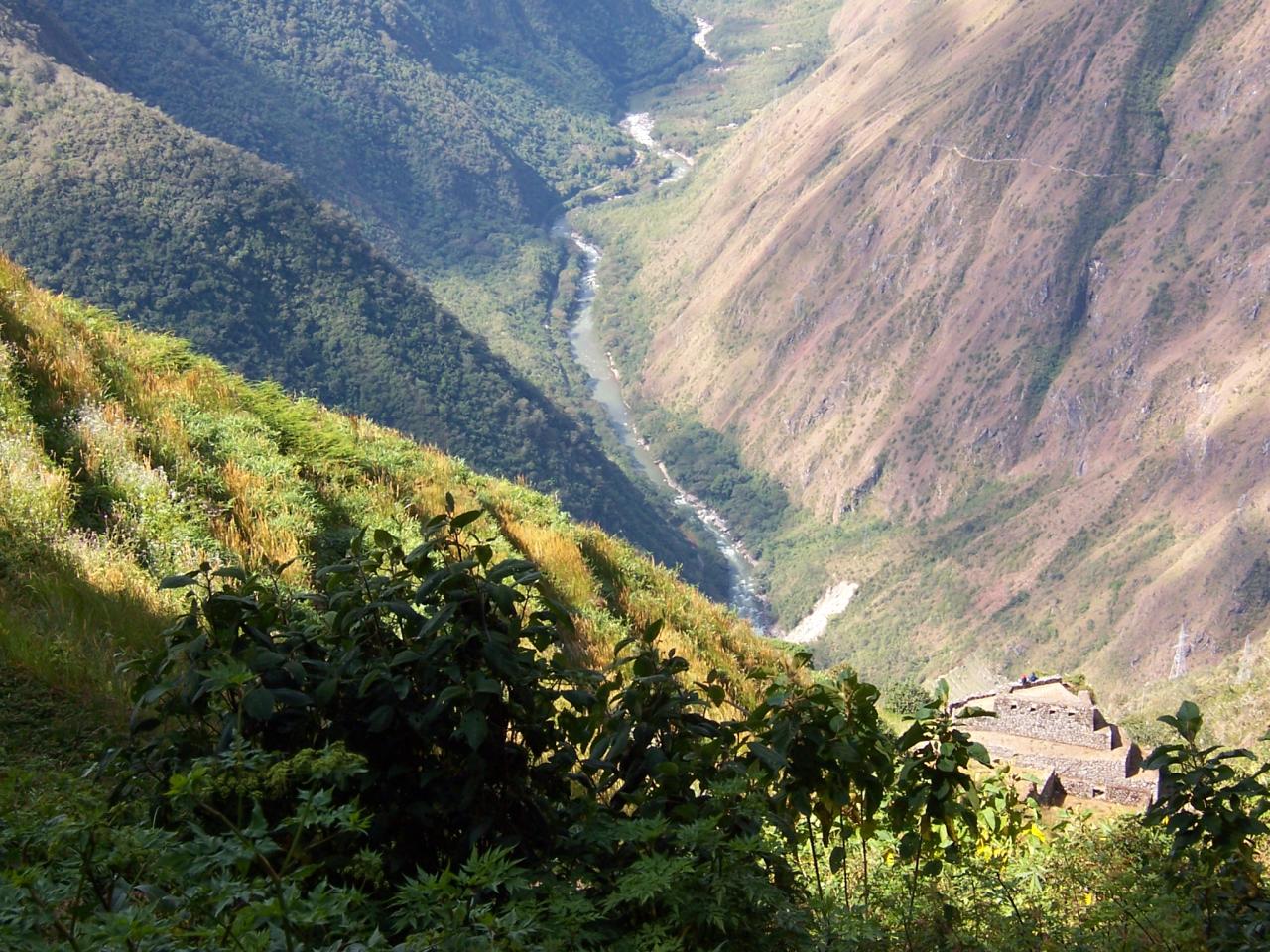
Things to do
The tour begins in the town of Cori-huayra-china (Quechua: Quri Wayrachina, ‘gold vent’). Specifically, at kilometer 88 of the Cusco-Quillabamba railway. The Inca Trail takes you through climates and ecosystems as varied as the high Andean Plateau and the misty forests. Two passes must be overcome at a great height; the largest, Huarmihuañusca (step of the dead woman), being 4,200 meters tall.
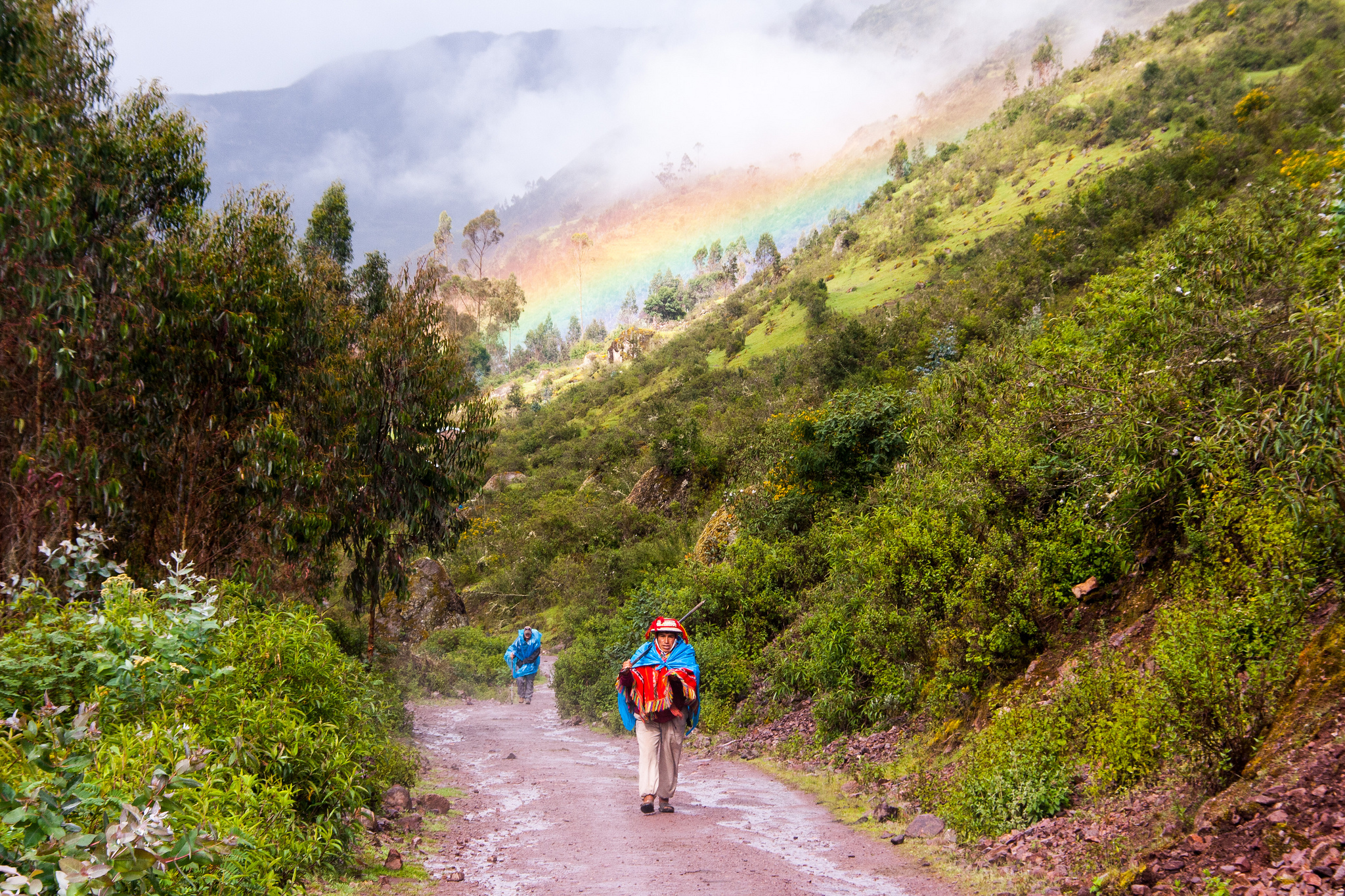
On the route, you will find a network of carved granite settlements along the way: Huiñay Huayna and Puyupatamarca. Both immersed in the most beautiful natural scenery. Besides the exuberant nature and unique landscapes, hundreds of species of orchids and multicolored birds will sometimes fly by you. The colorful spectacle will surely leave you speechless.

Choquequirao
The trip to Choquequirao is long and strenuous, but certainly unforgettable. It is located at the edge of the jungle, becoming the transition from the Andean valleys to the jungle.
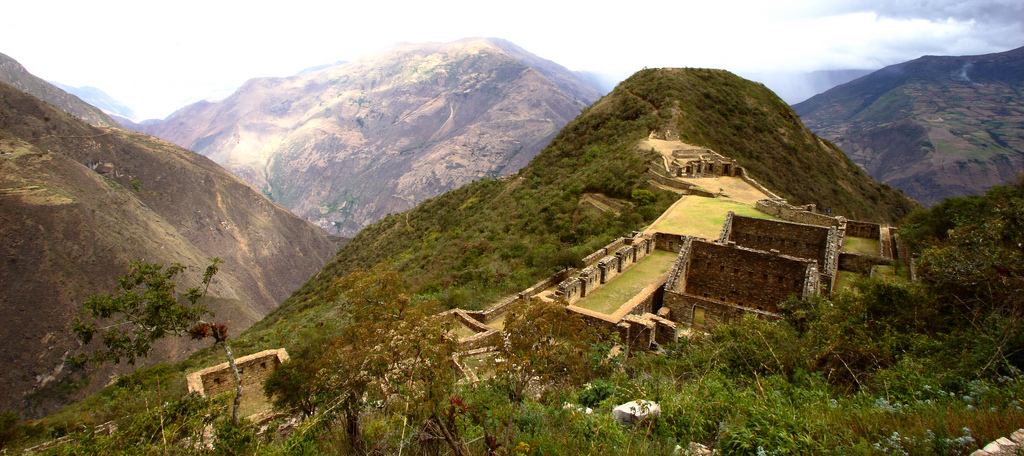
Salkantay
Salkantay, located in the Cordillera Vilcabamba, one of Cusco’s departments, rises to 6,271 meters above sea level. The Salkantay is the protective spirit, or Apu, of Cusco, where the Salkantay massif is. It is a beautiful and lonely area dominated by the same Apu Salkantay. Here, there are many high elevation peaks, such as Tucarhuay (5,910 masl), Veronica (5,682 masl) and Huacayhuilca (5,361 masl).
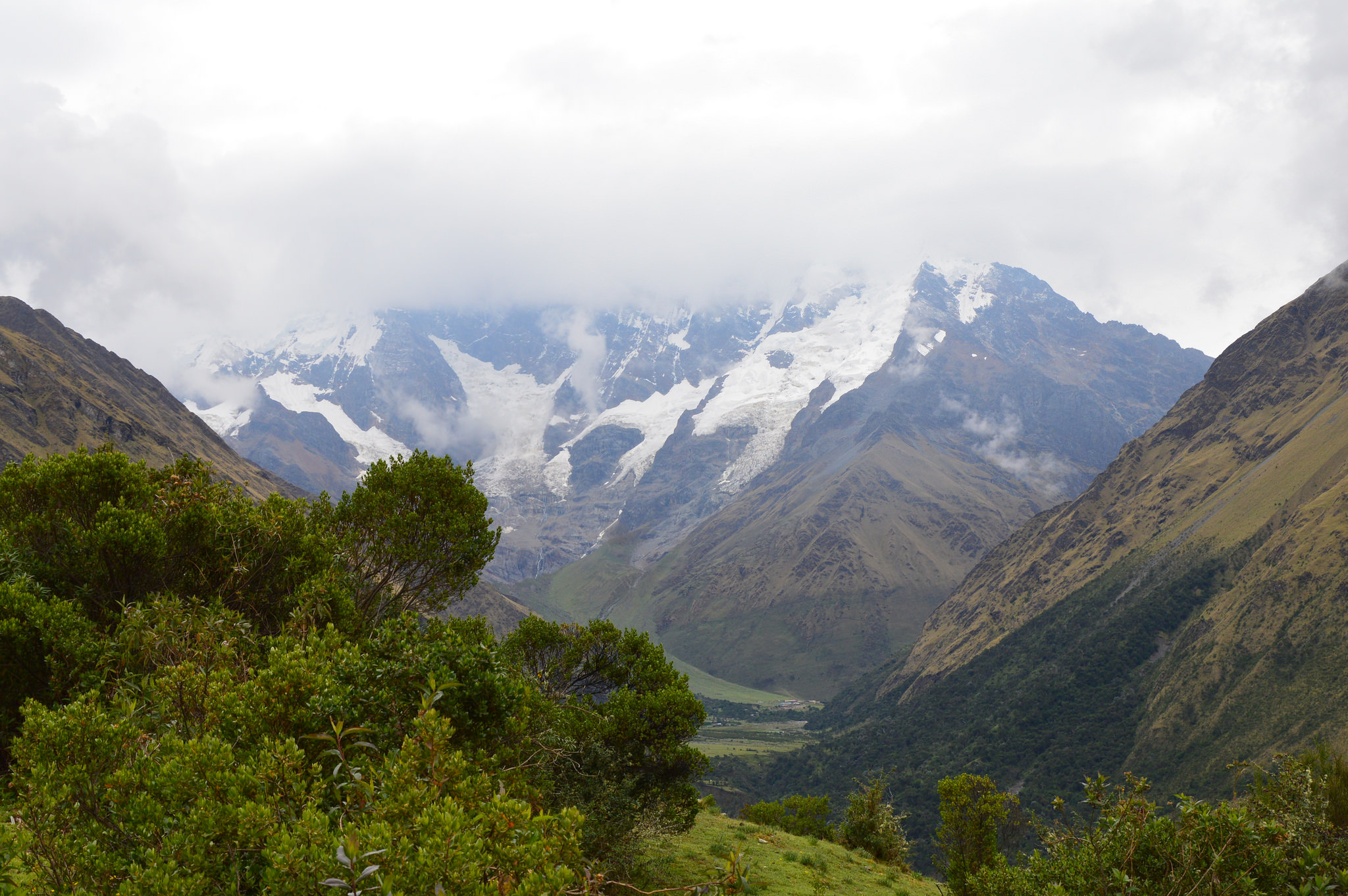
Ausangate
Ausangate is the representative mountain of the Cusqueños Andes. It is located in the Vilcanota mountain range, with large and turquoise lagoons. Walking the Ausangate mountain is definitely an indescribable adventure. Besides, it is impossible to not be impressed by the beauty of eternal snow.
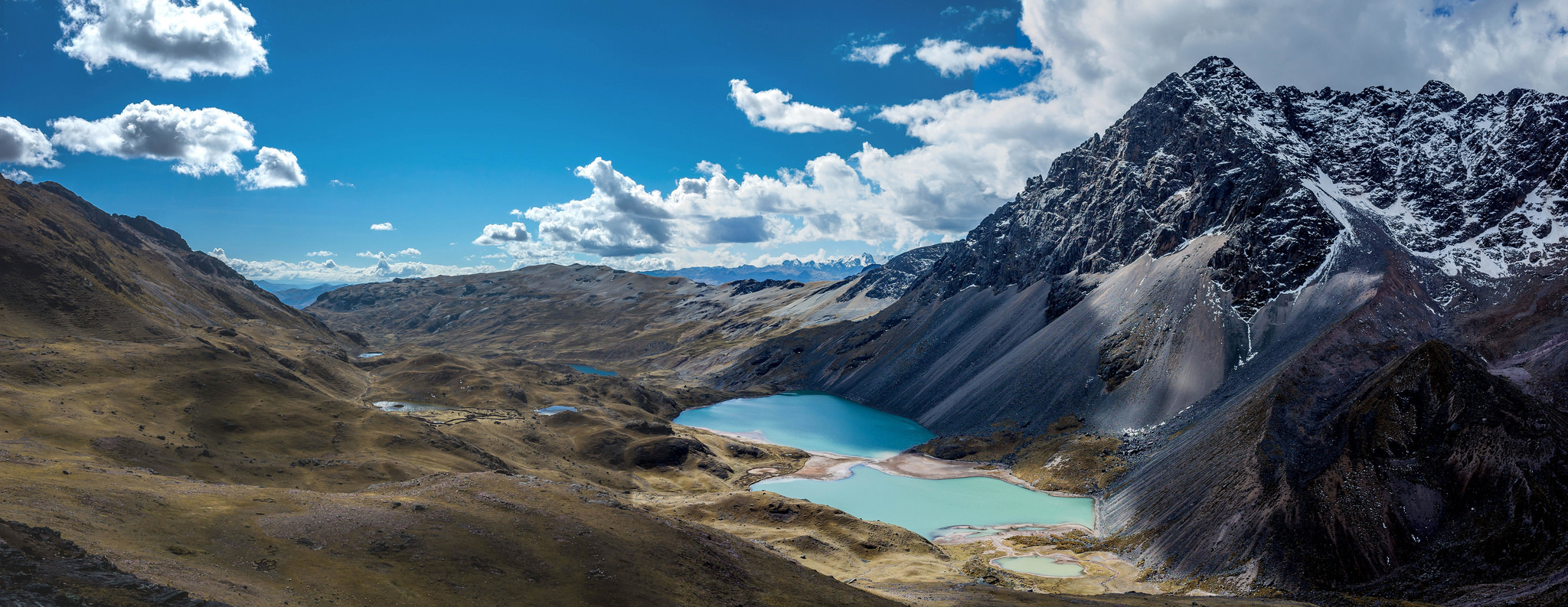
Huchuy Qosqo
From this place, you have one of the most beautiful views. On this side of the valley, you can appreciate the incomparable beauty of the perpetual snows of the Pitusiray. And, in the background, you can clearly see the town of Calca.
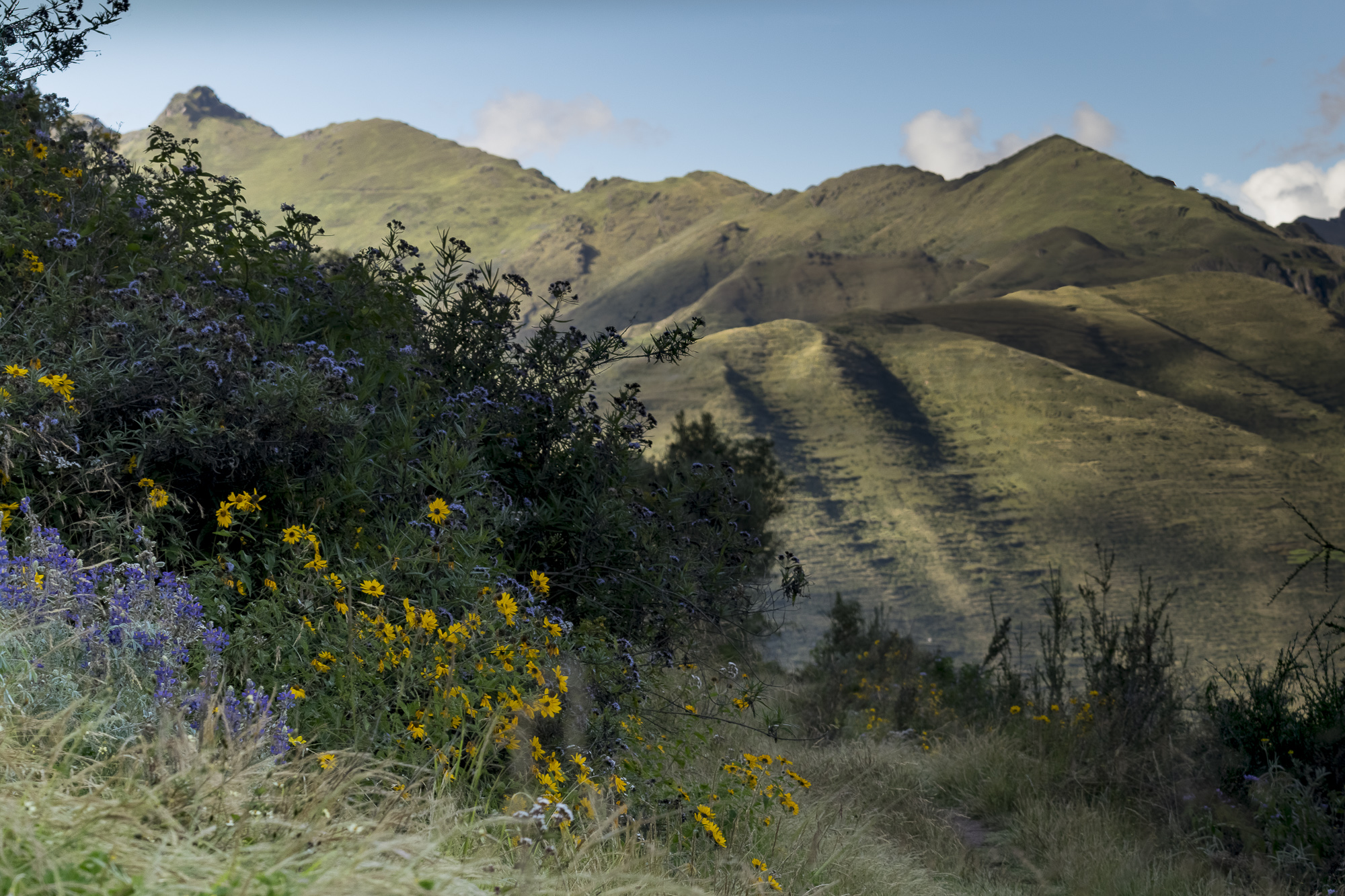
The Lares Valley
Lares is the name of a small town north of Cusco, and it’s the starting point of one of the most famous routes. In the Incas’ Sacred Valley, located in Huarán, life goes on as if time never passed. Stone houses with thatched roofs are surrounded by herds of llamas, alpacas, and guinea pigs. The local farmers, all dressed in traditional Andean dress, still plant their food by hand. In these communities, you can appreciate the art and textiles that have been preserved.
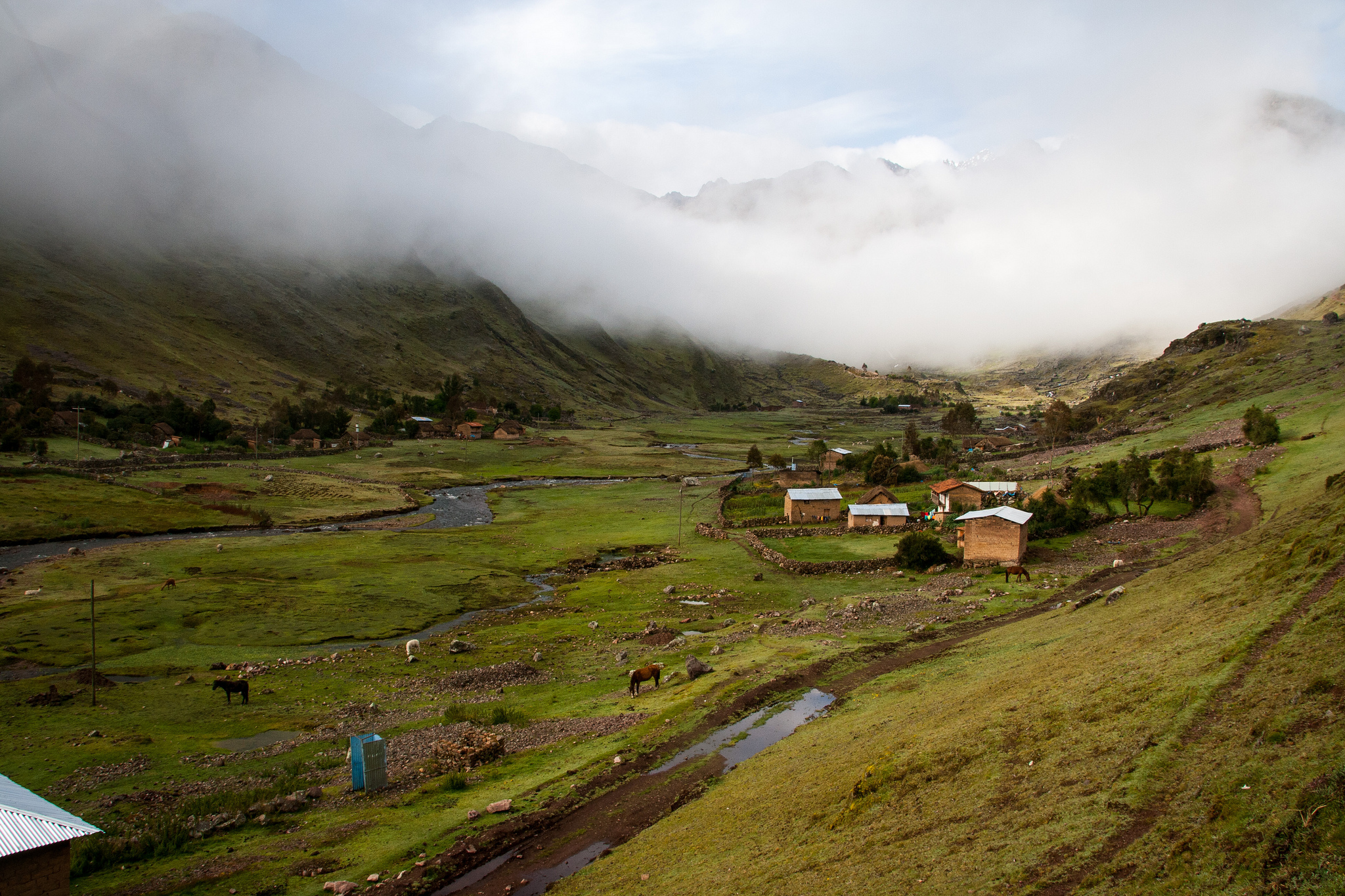
Ausangate
Also known as the Rainbow Mountain, it is the fifth highest mountain in Peru. Being 5,200 meters high, it is considered the most important mountain of the Andean range. In fact, this mountain is sacred to local people, and many of the nearby Andean communities still have pilgrimage dates at the top of the mountain.
Its peculiar name comes from the incredible coloration the mountain’s soil has, because of its mineral richness. Once climate change hit the area, the snow melted and uncovered the multicolored beauty of these mountains. Walking around this area is a very special experience; being at such heights, enjoying an outdoor activity and the contemplating a visual wonder.
Humantay Lagoon
Humantay is a snow-covered mountain that is part of the Vilcabamba mountain range. This mountain surrounds a splendid turquoise-colored lagoon, fed by the glaciers of the mountain. And it is a jewel of nature on the Apu Salkantay route.
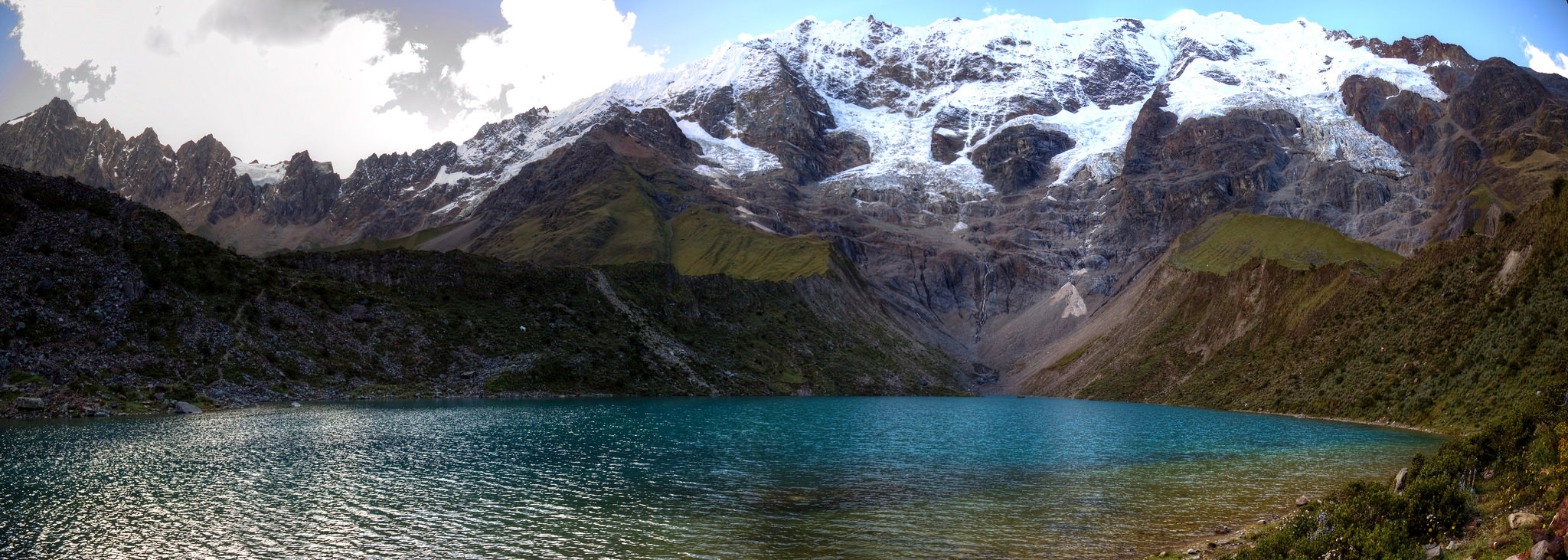
How to get there
Or course, to reach Cusco you need to get to Peru first. Many international flights arrive at the Jorge Chávez International Airport in Lima. From there, you can take an hour-long flight to get to Cusco.
There are also bus services going from Lima to Cusco, but given the geography of Peru, with its many slopes, it can take about 20 hours to arrive.
How long do I go for
It takes between three and four days of walking to complete the trail and arrive at Machu Picchu.
If you loved this article or found it useful, don’t forget to share it with your adventurous and travel-hacking friends! If you want more posts like this, follow us on Youtube, Instagram, Pinterest, Twitter, Facebook or Reddit and subscribe to our newsletter!

